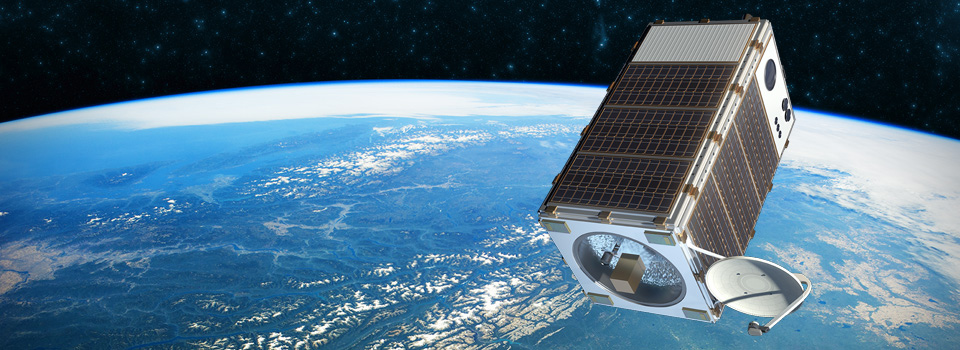Written by: Kimberly White
The Environmental Defense Fund (EDF) has set out on an ambitious new project to tackle the climate crisis. EDF has teamed up with Ball Aerospace to design and build MethaneSAT, a satellite engineered to measure methane from oil and gas regions from around the world.
Methane is a greenhouse gas that is a product of livestock and the production and transport of coal, oil, and natural gas. According to the IPCC, methane is thirty-four times more potent than carbon dioxide as a heat-trapping gas. EDF reports anthropogenic methane emissions account for a quarter of global warming.
EDF’s MethaneSAT will map and measure oil and gas methane emissions globally. MethaneSAT’s assessments will include the major oil and gas regions that account for more than eighty percent of global methane production.
The data collected from MethaneSAT will be available to everyone, allowing the public to hold companies responsible and urge policymakers to take action to reduce emissions.
EDF aims to cut forty-five percent of methane emissions from the oil and gas sector by 2025. The resulting emissions reductions would have the same impact as shutting down one-third of the world’s coal-fired power plants.
“This is a sophisticated mission with a truly unique purpose, to reduce emissions faster by making them visible to everyone. MethaneSAT compliments existing satellites, bringing even greater capability to regularly identify and quantify methane sources almost anywhere on the planet,” said Dr. Steven Hamburg, MethaneSAT project co-lead.
The satellite is scheduled to launch in 2022. EDF estimates the cost to build and launch the satellite to be $88 million.
In November 2019, the government of New Zealand announced a $26 million contribution to MethaneSAT. The Ministry of Business, Innovation, and Employment (MBIE) signed a partnership agreement with the EDF and MethaneSAT LLC. New Zealand will be home to the ground-based mission control center. The exact location will be announced at a later date.
The project is New Zealand’s first adventure into space.
“This investment has three key benefits for New Zealand – we are showing global leadership by investing in a science mission that will directly help to fight climate change, we are giving Kiwi researchers the opportunity to join a cutting-edge climate science mission that will see them working alongside the world’s best climate scientists and aerospace experts, and we are building important capability in our rapidly growing space sector,” said Dr. Peter Crabtree, General Manager of Science, Innovation, and International at MBIE and head of the New Zealand Space Agency.
November was a big month for climate action in New Zealand. New Zealand lawmakers passed landmark legislation committing to carbon neutrality. In addition to setting a target for carbon neutrality, the bill also set targets for reducing biogenic methane emissions. The bill aims for a ten percent reduction in methane by 2030 and a twenty-four to forty-seven percent reduction by 2050.
Through their new partnership with EDF, New Zealand has created another opportunity to reduce methane emissions.
“Oil and gas methane pollution is a major problem, but also a crucial opportunity to slow the rate at which the Earth is warming” said Fred Krupp, EDF President. “By contributing to MethaneSAT, New Zealand will help solve one of the world’s most pressing climate challenges quicker and more effectively. We welcome the knowledge, agility and support they bring to the mission.”
Header Image Credit: EDF







